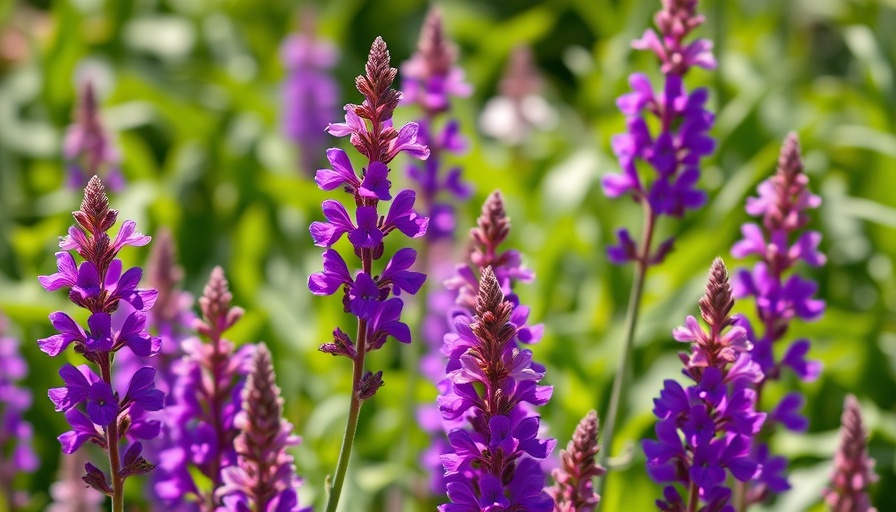
Discover the Beauty of Heat-Tolerant Plants for Your Garden
Summer is a magical time for gardening, yet it brings its own set of challenges, particularly the relentless heat that can leave many plants drooping and sad. For those aiming to maintain a vibrant garden even in the hot sun, the secret lies in selecting plants that thrive in these conditions. Understanding which plants love the heat can mean the difference between a flourishing garden and one that struggles.
Why Heat-Tolerant Plants Are Essential for Sunny Gardens
When designing a garden that sees the full brunt of summer sun, it’s paramount to choose the right kinds of plants. Heat-tolerant varieties, often native to warmer climates, are specifically adapted to handle long hours of sunlight without wilting. Not only do they endure the heat, but they also can highlight the beauty of your landscape, creating a lively and colorful display in those peak summer months.
Top Heat-Tolerant Annuals to Brighten Your Space
Among the most resilient plants are **annuals,** which can provide a burst of color year after year. For example, vibrant sunflowers, elegant zinnias, and cheerful cosmos are perfect choices. These plants require minimal maintenance once established and can produce stunning blooms in full sun. Such choices not only make your garden visually spectacular but also ensure that it stands up against heat stress.
When planting annuals, consider selecting varieties that are labeled as drought-resistant. This ensures that you’ll have minimal watering needs. Annuals like Dusty Miller and Marigolds serve not only to beautify but also help in attracting pollinators, enriching your garden's biodiversity.
The Perennial Powerhouses for Lasting Gardens
For a long-term solution to keeping your garden vibrant, perennials and shrubs are an excellent investment. These plants can provide stability and beauty year after year with the right care. Options like Canna lilies, Bee Balm, and Coreopsis are resilient perennial choices that promise color and texture.
Perennials may require a little more initial care to help them establish their roots, but once fully rooted, they will thrive through oppressive summer heat, allowing you more time to relax and enjoy your outdoor space.
Key Tips for Selecting and Caring for Your Heat-Loving Plants
When shopping for heat-tolerant plants, take a close look at their tags. Seek out labels indicating they thrive in full sun and are drought-tolerant. Additionally, here are a few practical gardening tips to ensure success:
- Water Wisely: Early morning watering can help sustain plants in the heat, cooling their roots before temperatures peak.
- Mulching: Use mulch to retain soil moisture and maintain a consistent temperature, helping prevent weeds from competing with your plants.
- Group Similar Plants: Plant your heat-loving plants together to create an ecosystem that minimizes water loss.
Gardening Beyond the Basics: Trends in Heat-Tolerant Gardening
As gardeners become more aware of climate challenges, a trend towards sustainable practices is evident. Embracing heat-tolerant and drought-resistant plants not only helps in conserving water but also nurtures the environment. Gardeners are increasingly focused on selecting native and adaptive species that are resilient under stressful conditions and contribute to the ecosystem through attracting pollinators.
Conclusion: Create Your Own Oasis of Color and Life
A vibrant garden doesn't have to wilt in the summer heat. By choosing heat-tolerant plants, you can create an oasis that not only withstands the sun’s intensity but also enhances the appeal of your outdoor space. So, roll up your sleeves, make those selections, and get ready to enjoy a garden that stands tall and bright all summertime long. Happy gardening!
 Add Row
Add Row  Add
Add 




Write A Comment